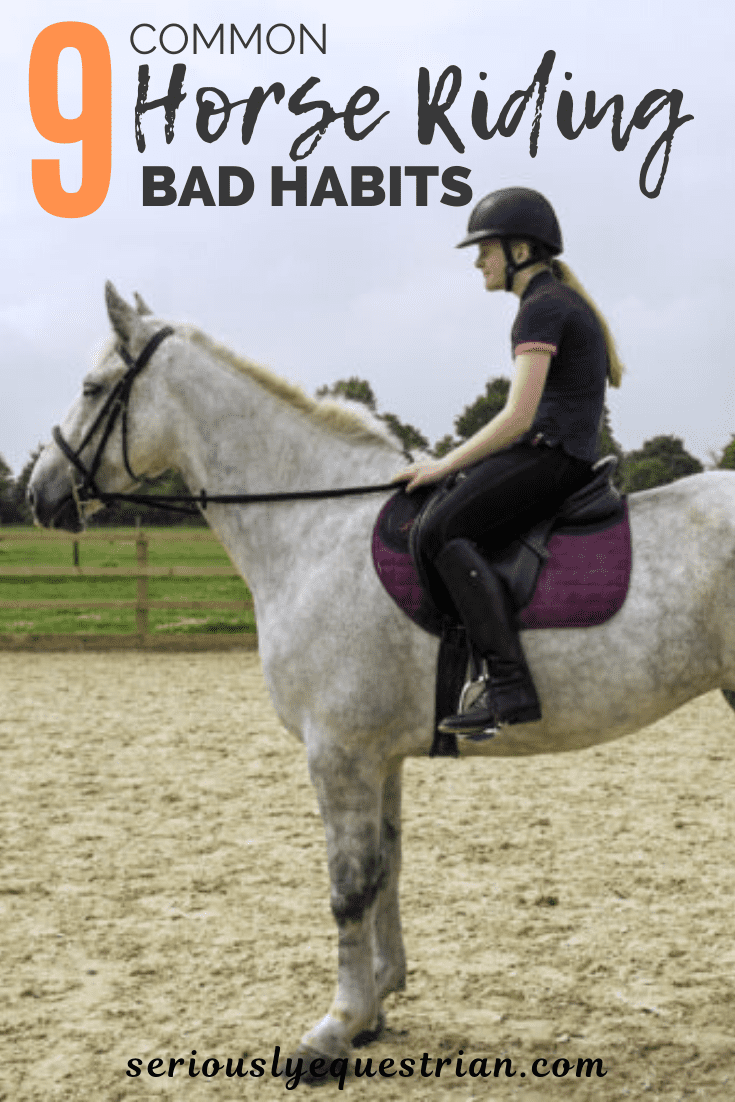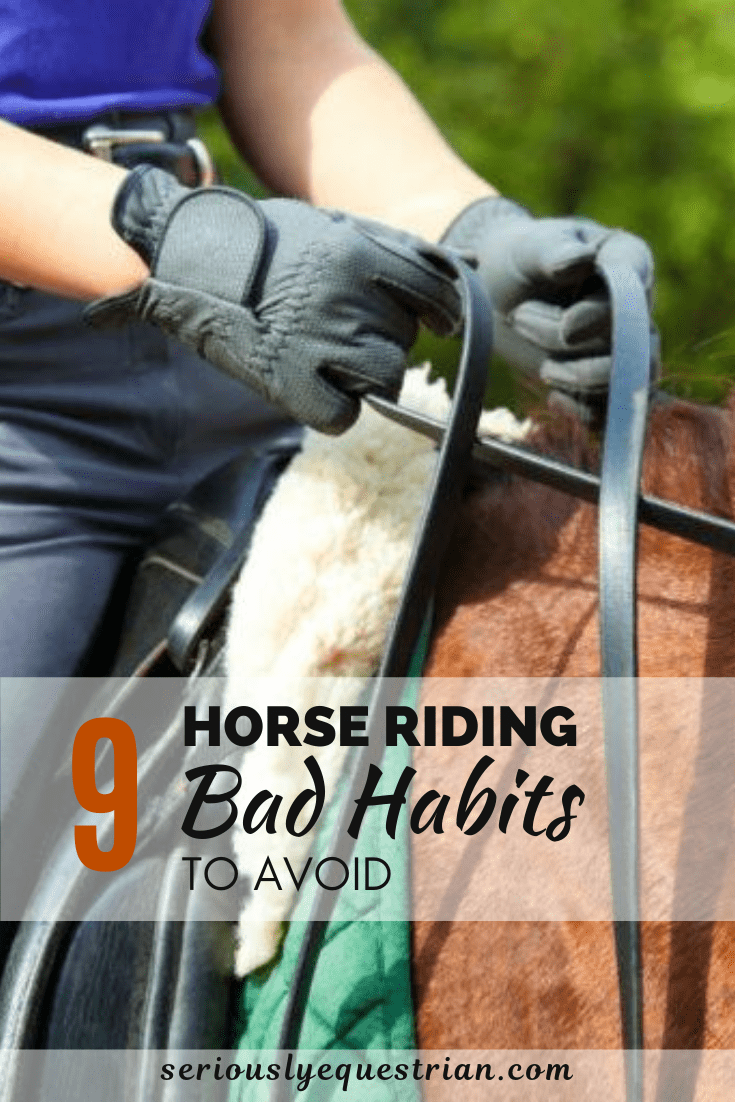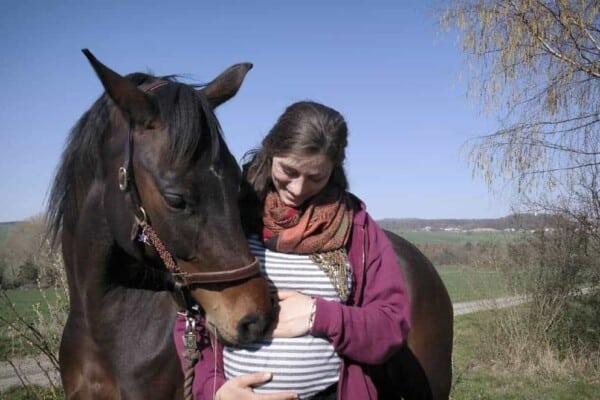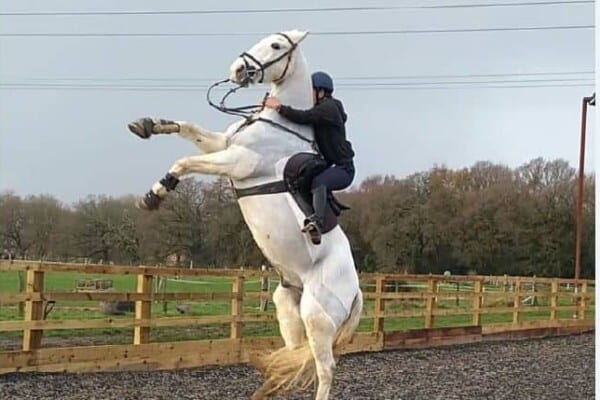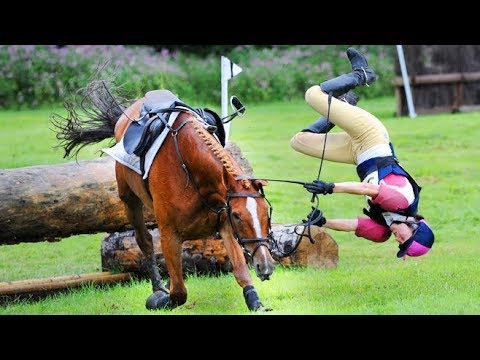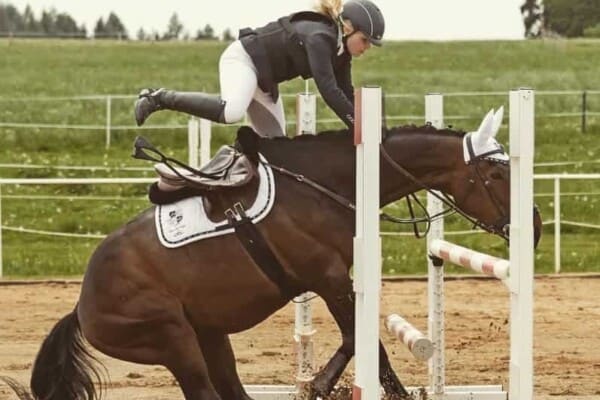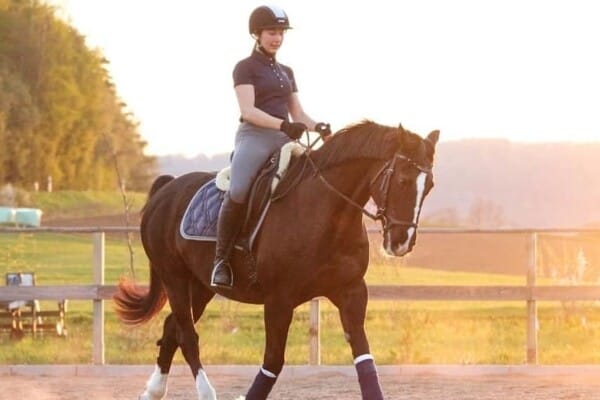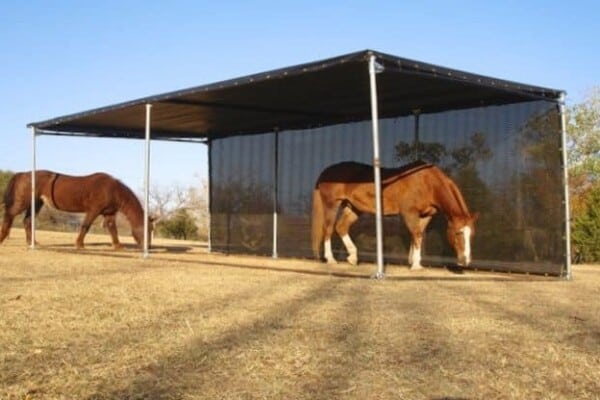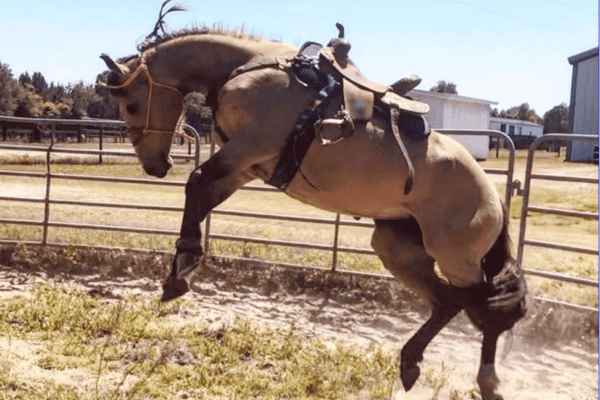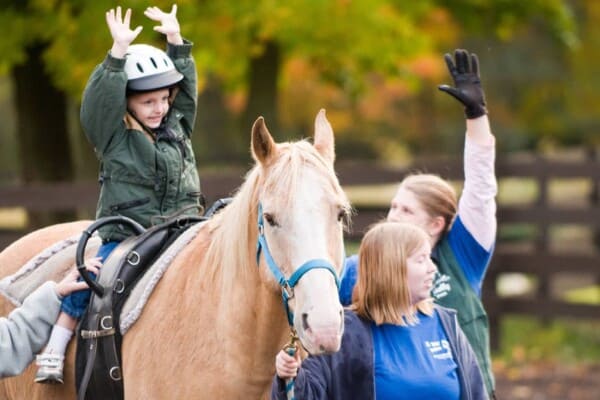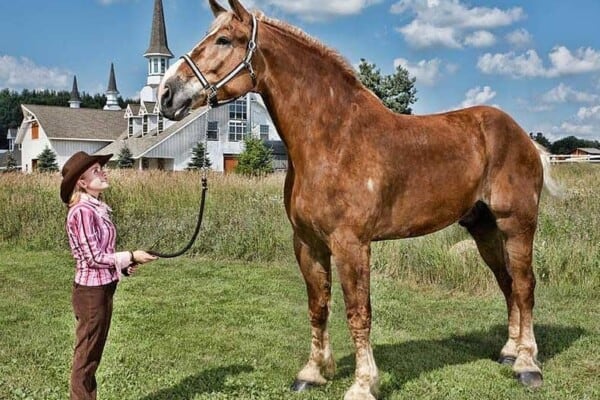Here are some of the main offenders that you are likely to see in horseback riding:
Slouching
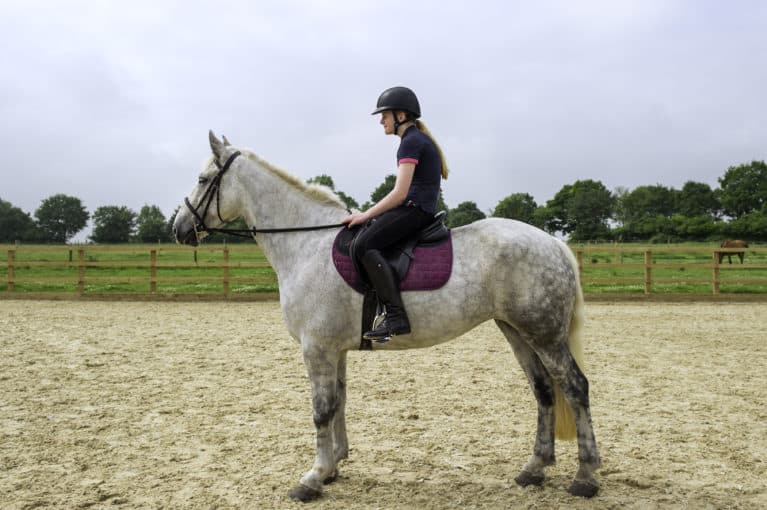
When learning to ride a horse one of the first things you are told is to keep your shoulders back. When we slouch our shoulders it compromises our seat position. In the perfect riding position you should have your shoulder blades together and be tall in the seat. Often instructors will advise you to image that you have a parachute on your back in order to get you to sit more upright.
Looking Down
Looking down is a bad habit that some riders develop over time. They may look down when they are distracted or perhaps their posture naturally forces them to look downwards. If a rider is looking down it means that their focus is pointing downwards. The horse will sense this and will want to yield or stop
Looking up also ensures that you maintain the correct body alignment and is also important so that you can plan our movement and range.
Leaning Forward
Leaning forward may be sometimes necessary depending on the type of riding that you doing. For example if you are jumping you will lean forward during the jump.
However, leaning forward can throw off your center of gravity.
It can also be dangerous as a sudden halt is more likely to result in you being thrown from the saddle as you will not have a sufficiently strong seat.
Straight Arms
Many people unintentionally ride with a straight or rigid arm. This causes a braced and backward contact with the horse’s mouth because the arm can’t follow the horse’s head and neck. If the rider’s arm is rigid with a straight elbow, all the weight of the contact is in the rider’s hands and forearms, and the horse can’t properly respond to the rein aids.
The braced contact also makes it hard for the horse to decipher the difference between leg and rein cues and this can sometimes make it difficult to halt and yield.

Heels Up
“Heels Down” is one of the most common phrases of advice that is given to horse riders.
A good riding position is when a rider is sitting with their ear, hip, shoulder, and heel in a vertical line. The idea is to allow the leg to rest in a good position to ride and gait if needed
If the rider lets their heel float upwards by pushing their weight into the balls of their feet then it will distort this line. When this line is distorted it affects comfort, stability, and the riders ability to effectively cue the horse.
Toes Out
Toes out is a common positional fault that often signals a lack of control on the part of the rider.
If you have your toes out when riding then you will most likely have limited use of your lower leg. If your toes are pointed out it also means that your knees are turned out and that your things are lifting from the saddle
Sitting Crooked
Sitting crooked like many other points on the list means that your overall riding posture is poor. Poor posture and a crooked seat impedes your ability to cue the horse.
If you are not balanced and in alignment it means that horse will feel your weight and strength at some points more than others and may get confused about
Elbows Out
As mentioned in the point above you should ideally have soft hands with your elbows tucked in. Sticking your elbows out during riding is another common hand position mistake that negatively affects your riding cues.
If your elbows stick out it creates too much resistance in the horse’s mouth in a similar way as described in the straight arms habit. The heavy resistance makes it difficult for the horse to feel your cues.

